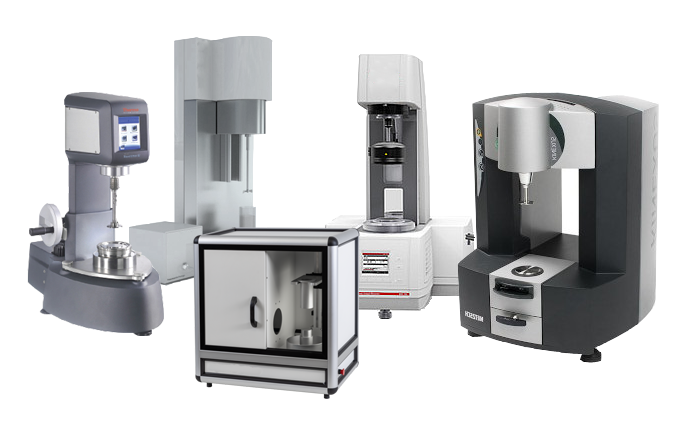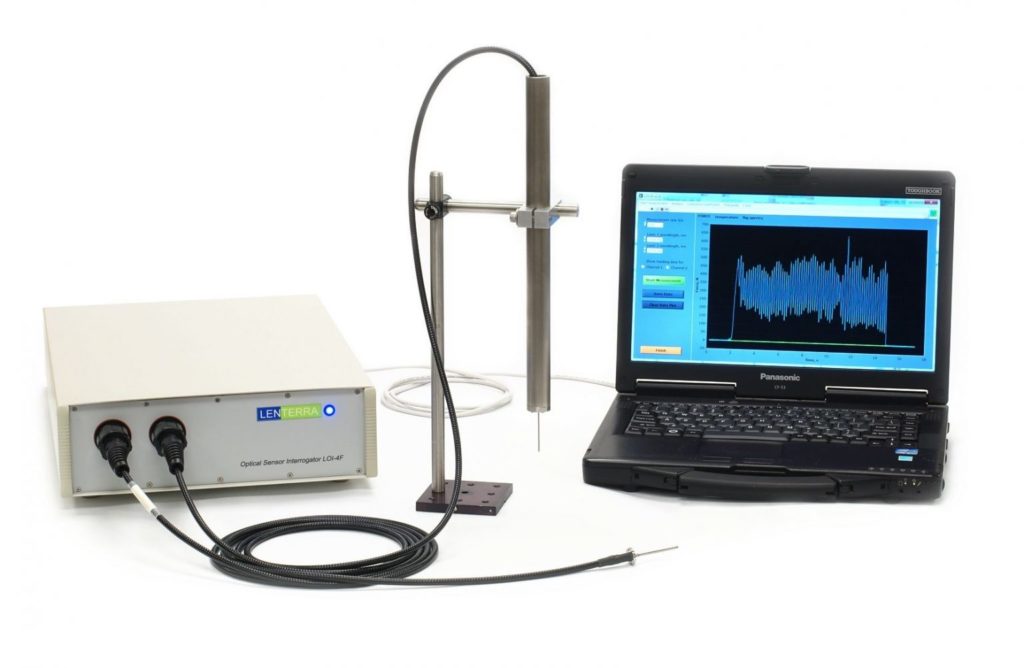Rheometry and Viscometry
October 4, 2021 2021-12-06 10:03Rheometry and Viscometry
Rheometry and rheometers
Rheometry collectively refers to the group of experimental techniques that determine rheological properties of materials. For flowing materials, rheometry establishes quantitative relationships between forces, stresses and strains within the material as well as at the boundaries between the material and a construction. Rheometry is routinely used for industrial process control and quality control, and the field of rheometry and viscometry - which could be roughly identified as rheometry of fluids – expanded in recent years due to the growth of such industries as pharmaceutical, food, chemical, as well as to emergence of new processing industries such as additive manufacturing.
There is a variety of rheometers, powder rheometers, viscometers and differently titled similar devices available on the market. Most of them introduce device-specific quantitative measurements based on creating a flow in a specific vessel or cell and measuring resistance of the flow to obstacles of various types. For example, rotational rheometers measure torque that is required to apply to the agitator shaft to sustain a particular motion of the powder in the cell.

Offline and Inline
A common feature of all now available rheometers is the requirement to load a particular amount of material into the instrument (sampling) as opposed to placing the device or sensitive part of it into the material being processed, therefore all conventional rheometers are offline devices. Obviously, properties of a sample removed from the processing line can differ from those during processing, and inline sensing technologies, where the sample is not removed from the process stream, are advantageous for process monitoring and control.

Real time and not real time
Another feature of conventional rheometers that hampers their use as process analytical technology (PAT)* tools is long time they require to complete a single measurement. It is usually several minutes, which is significantly greater than time during which material properties change during processing. A real time measurement technology is highly desired for process monitoring. In 2004, US Food and Drug Administration issues a “Guidance for Industry PAT” which in particular states that sensor-based measurements can provide a useful process signature that may be related to the underlying process steps or transformations. Based on the level of process understanding, these signatures may also be useful for process monitoring, control, and end point determination when these patterns or signatures relate to product and process quality.
Such a process signature is provided by the Lenterra Inline Rheometer (LIR), an original technology that accomplishes a sensitive measurement of the force exerted by the flow on a small cylindrical pin placed inside the material being processed. LIR measures flow force five hundred times per second presenting a process signature in real time, and allowing for statistical characterization of the data. The two principal statistical metrics – a Force Pulse Magnitude (FPM) and Pulse Consistency Factor (PCF) reflect two independent material properties: densification and cohesiveness. Along with the measurement of material temperature, LIR delivers a complex rheological signature of the material measured in real time. LIR can work with either powders or liquids, in mixers, tanks, pipes or other constructions. In liquids, it can measure viscosity and shear rates.
See more detail about LIR and its measurements in our white papers.
Which specific LIR configuration best suites your need? Look at our product pages or contact us.


